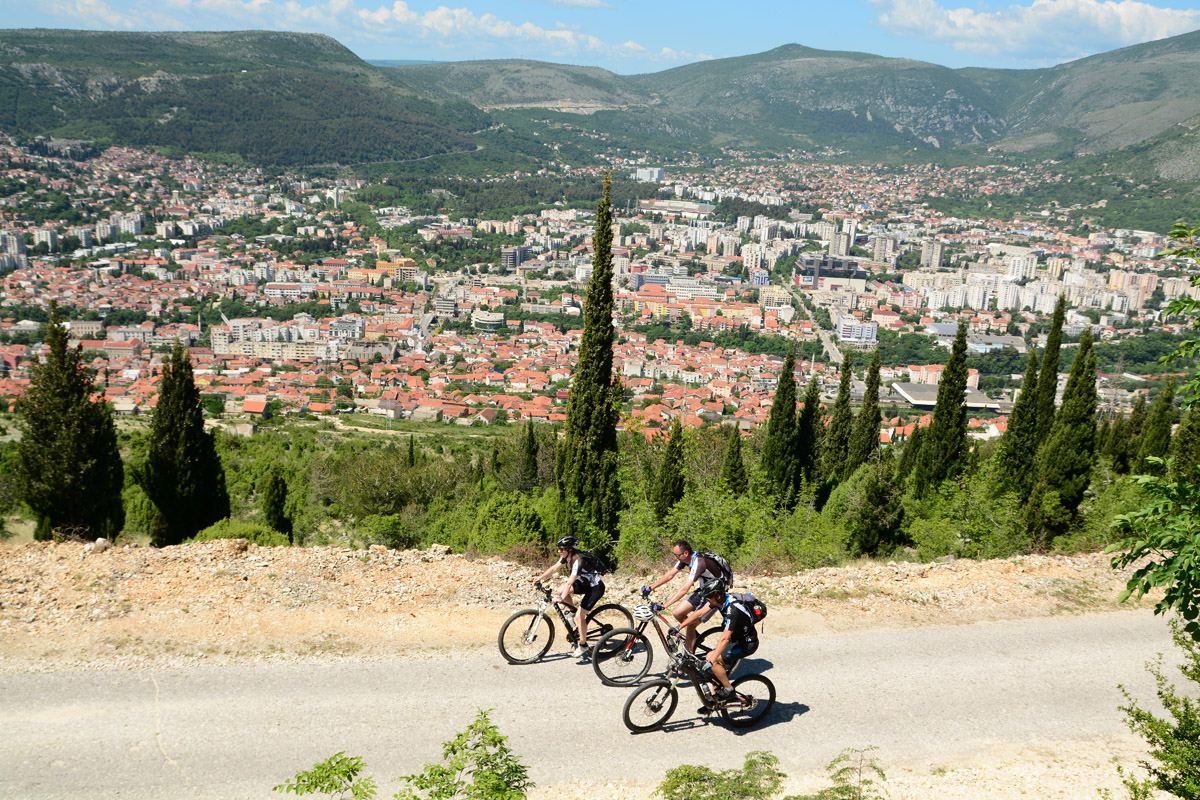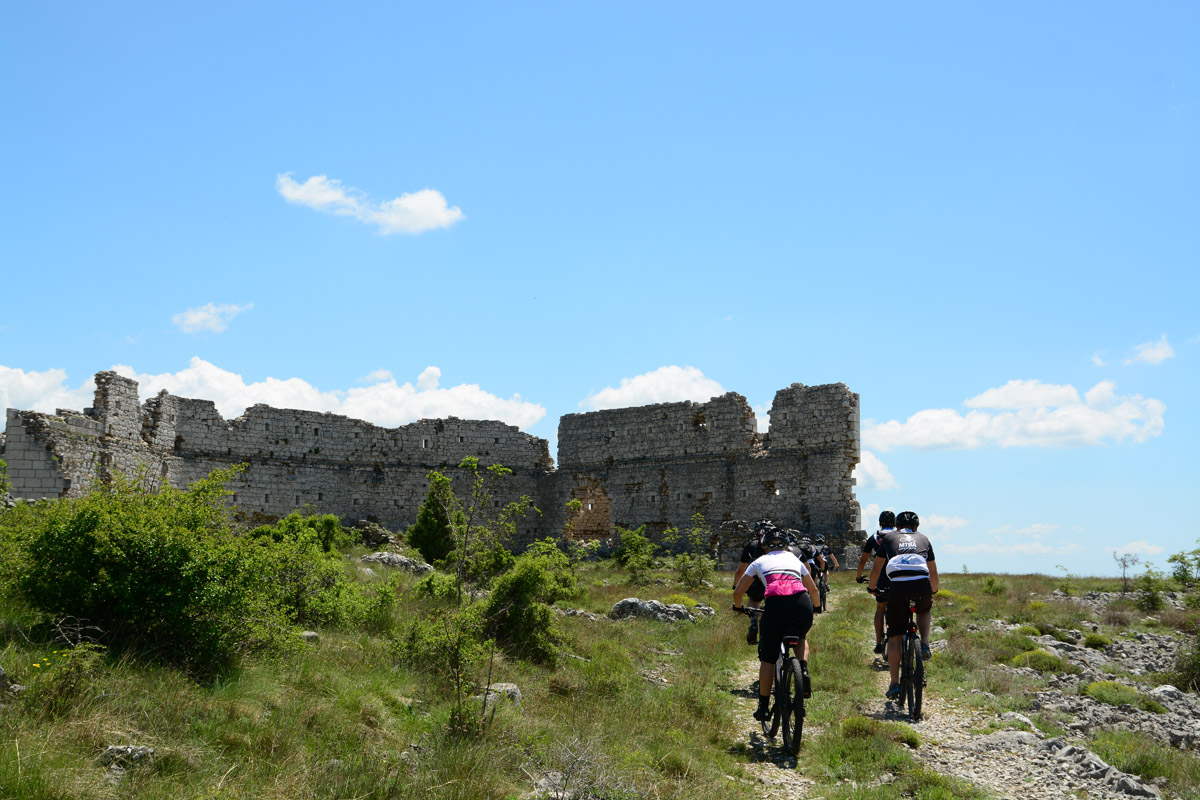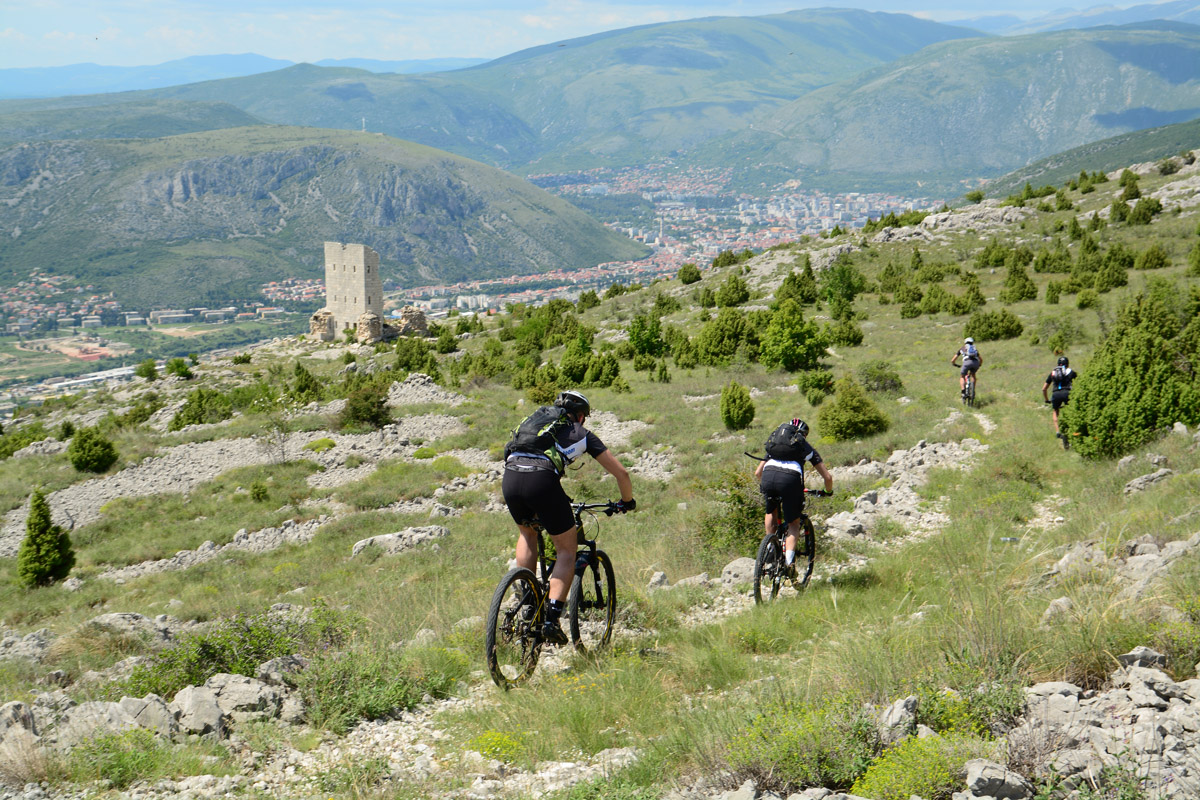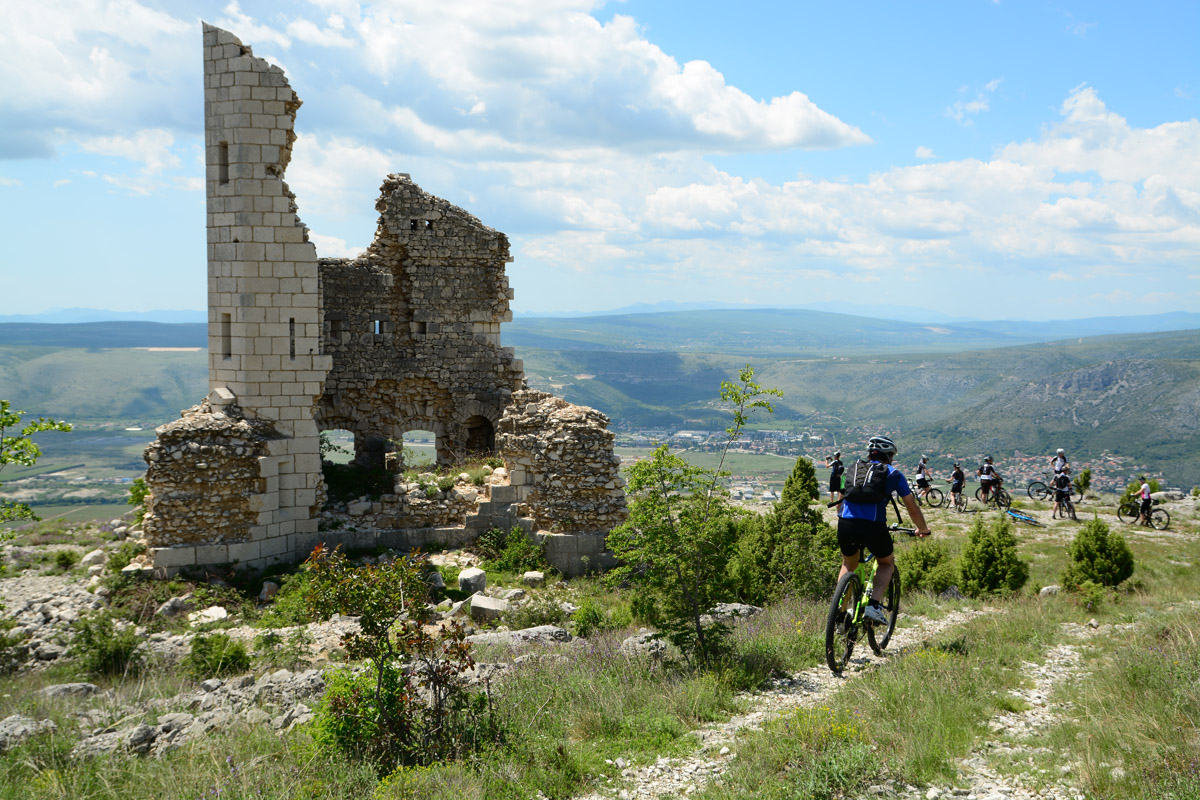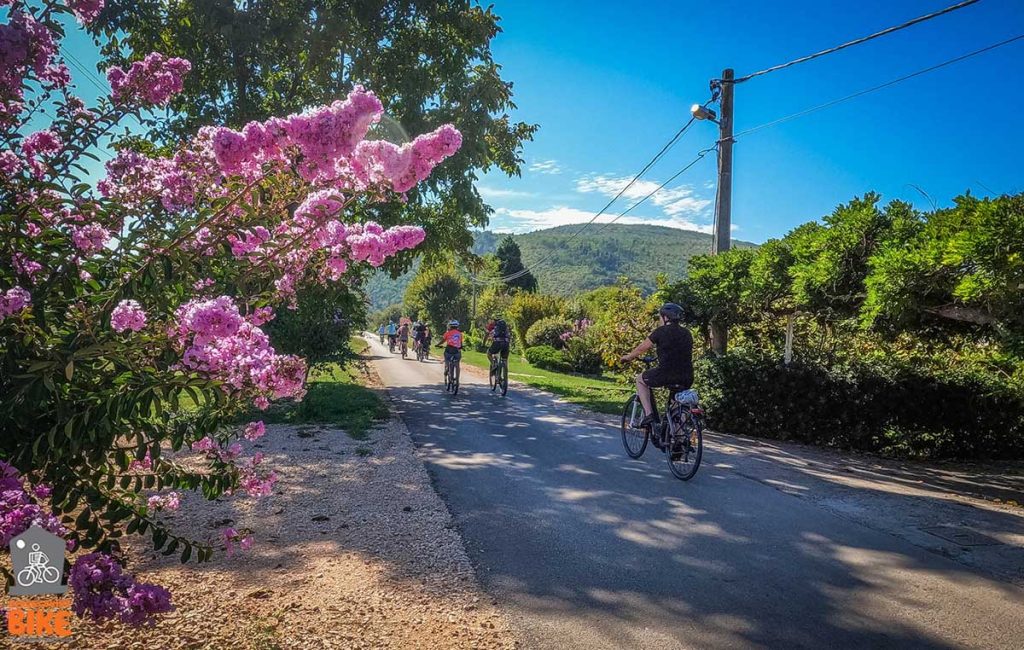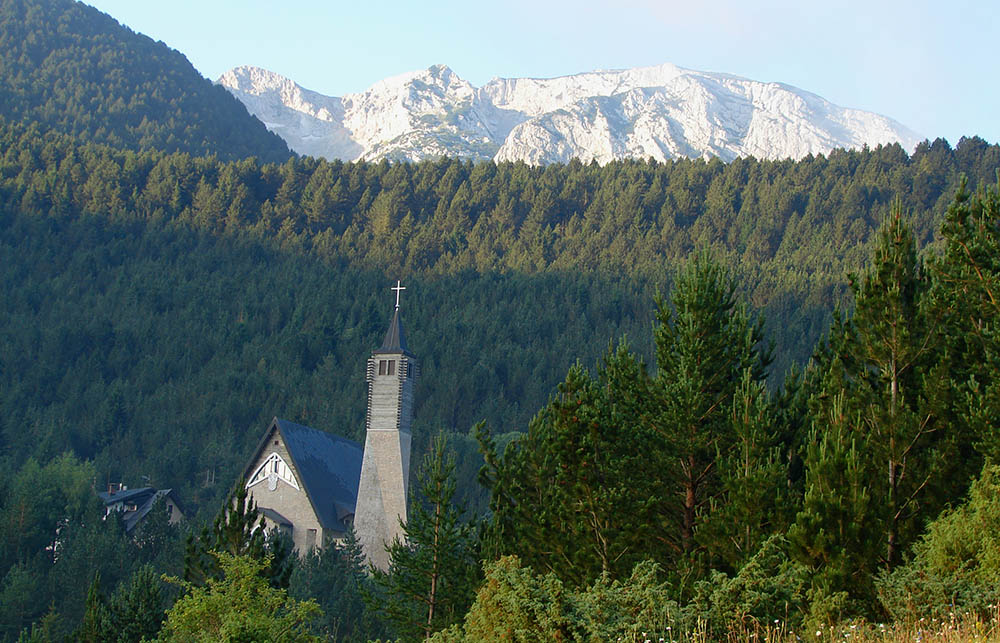With the arrival on the territory of Bosnia and Herzegovina, the Austro-Hungarian Monarchy brought a new era in the development of civilization, culture and modern methods of warfare and fortification.
With their arrival to the territory of Bosnia and Herzegovina, besides new culture and new way of living the Austro-Hungarian monarchy also brought along a new way of modern warfare and new way of defending the borders. One of novelties was also the construction of belt fortifications i.e. rings consisting of several independent forts and interpositions (so-called intervals) around a larger inhabited area.
The Austro-Hungarian engineering directorate dedicated great attention to the defense and fortification of its eastern borders. The most threatened part of the eastern border was located in Herzegovina, thus 90 percent of fortifications built in Bosnia and Herzegovina were built precisely at this area.
One of the strongest monarchies in history, the Austro-Hungarian one, has left an important mark in the history and development of Mostar. As the city was one of the most important, the Monarchy built a system of fortifications around the city. Forts or permanent fortifications were built on the hills from which a good view was necessary for defense against the enemy, and thus a visual connection with the neighboring fortifications was provided. Most of the fortifications were built southeast of Mostar in the area of Podveležje, where this cycling trail passes. At the same time, the route of this trail belongs to the area of Bike Park Velež, and all the fortifications in that area are more precisely marked there.
The first fortified line was at the area of Trebinje and Bileća, including Avtovac as impedimental area. The defense line Kalinovik, Ulog-Obrnja, Nevesinje, Stolac was built as the second line within Herzegovina. The belt fortification Mostar was a background stronghold, a logistics base and command spot for the first two lines, and eventually the administrative and military headquarters of Herzegovina.
In addition to numerous fortifications in the area, a huge infrastructure network was also built as logistics support, in terms of roads, railways, warehouses, water tanks with collectors, water supply network in the urban area of Mostar, firing fields, hospitals, army cemeteries, air base in Jasenica, etc.
Unfortunately, not many fortresses are preserved around Mostar today. Remains of six military fortifications can be seen in the area of Podveležje, which have been used in the past war as well by military formations passing through this area. Therefore, even twenty years after the last war the remnants of weapons and military equipment can still be found around the forts.
All facts mentioned above indicate that Mostar was the most fortified city in B&H, and some areas such as Podveležje and especially the hill Hum above Mostar make up possibly the most dense system of fortifications in the world.
The forts in Herzegovina have completely served their purpose during the First World War, thus this part of the battlefield was never endangered.
Only four Austro-Hungarian fortifications in BiH have been declared a national monument, not because they are Austro-Hungarian, but because three are within the existing medieval fortification complexes.



